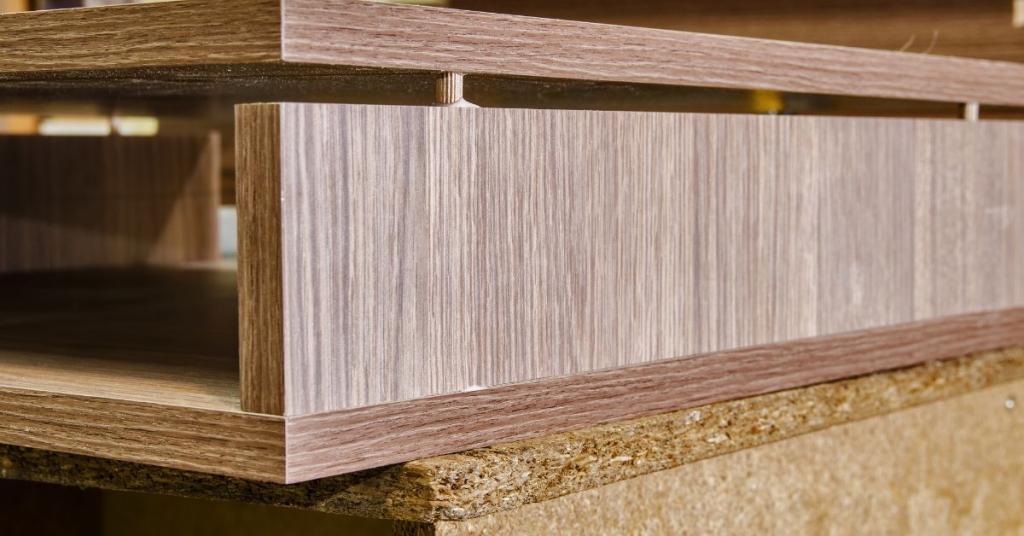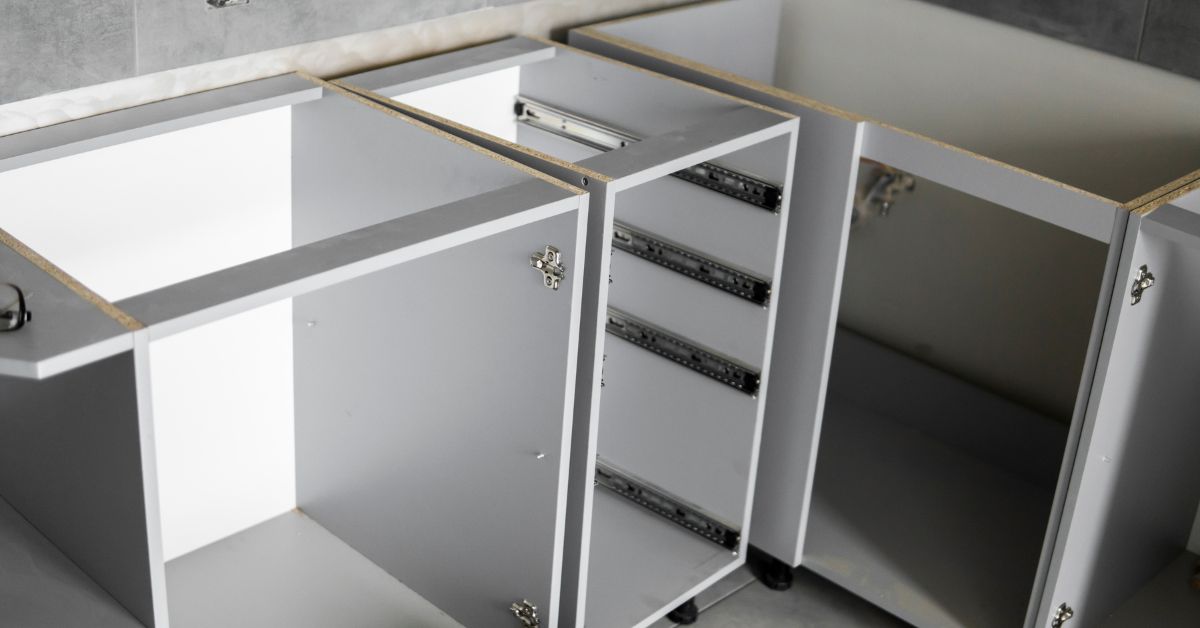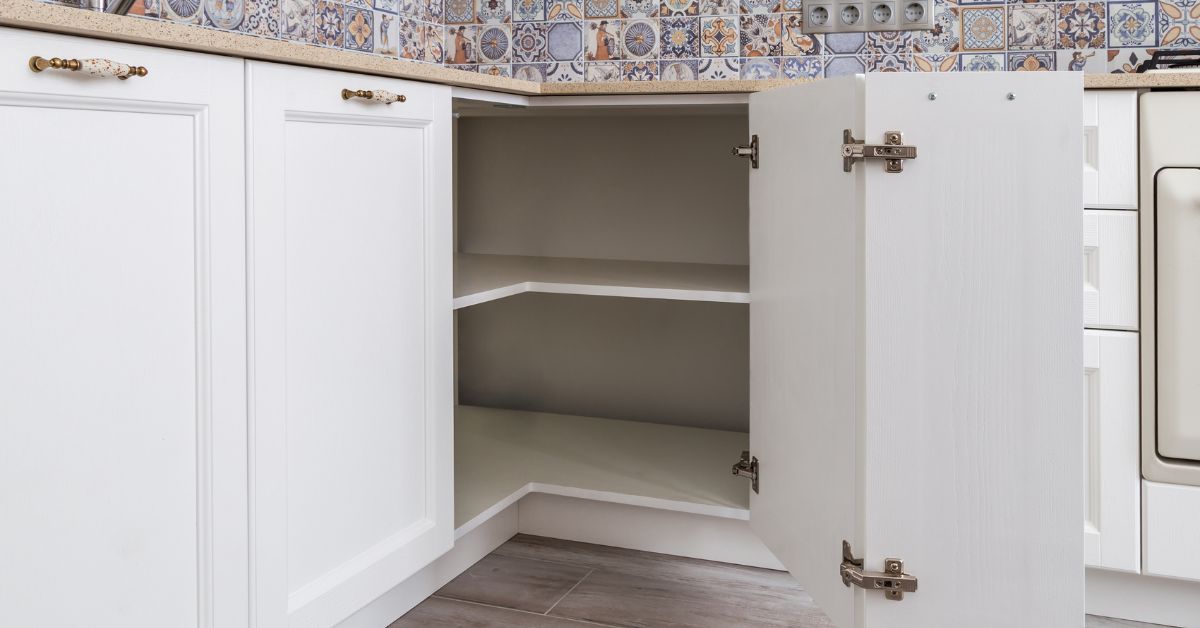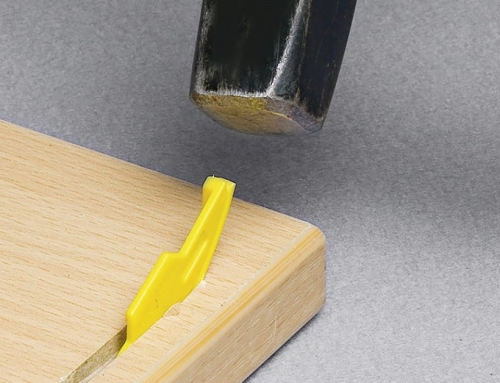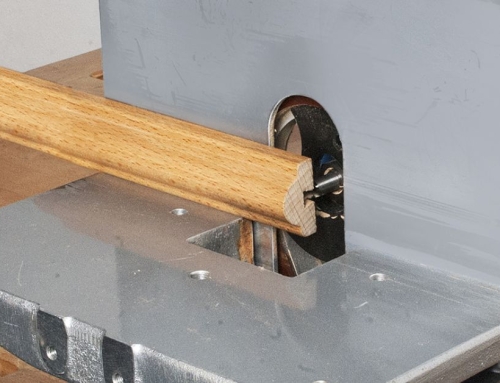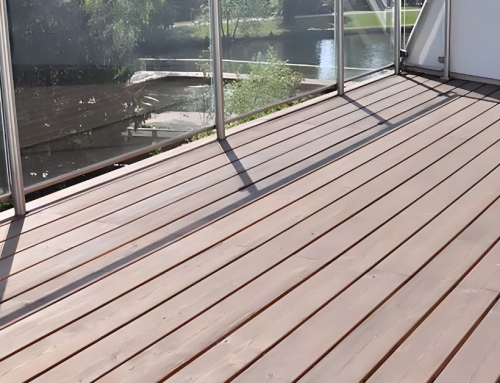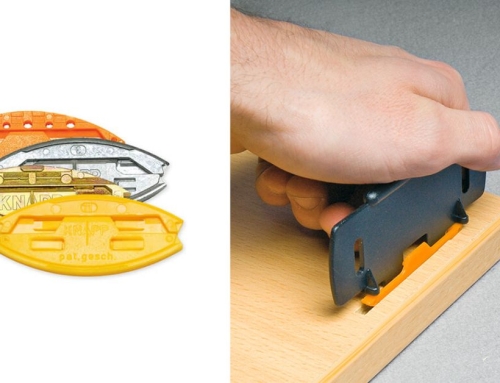When it comes to cabinets, there’s more to them than meets the eye. In fact, there are several components holding them together. Strong fasteners can make a world of difference for cabinetry. Woodworkers of all skill levels should know how to upgrade their cabinets with strong fasteners to guarantee these structures remain stable and sturdy over time.
What Are Cabinet Connectors?
Cabinet connectors come in various forms. They fortify joints to create durable cabinets. Some people prefer the precision of cam connectors, while others lean toward the robustness of screw-on types.
Each design offers various advantages in the woodworking industry, but all fasteners provide the essential function of keeping cabinet structures intact.
Why Do You Need Strong Fasteners?
Strong fasteners help mitigate the wear and tear caused by daily usage of cabinets and other furniture. They protect the integrity of the entire cabinet by evenly distributing weight and reducing pressure on individual joints.
Inevitable knocks and thumps won’t send the cabinetry sprawling across the floor—with sturdy fasteners, pulling open the door should be smooth and easy. Plus, proper connectors will keep the kitchen cabinets from wobbling to guarantee all contents on the shelves remain secure.
Common Types of Cabinet Connectors
Each type of cabinet connector has qualities that work best with different cabinets, so it’s important to select the right type for your project. Among them include the dowel joint, cam lock, and screw-on connector. Discover the various types of connectors so you can make a well-informed decision.
Dowel Joint Connectors
The dowel joint provides a classic union that frequently goes unnoticed. It uses cylindrical wooden pegs placed into pre-drilled holes, thereby forming the backbone of many cabinets.
Cam Lock Connectors
The cam lock connector is a circular piece with an off-center hole paired with a bolt. These versatile connectors fit almost any material. Plus, they’re easy to assemble as they require only a screwdriver and Allen wrench.
Screw-On Connectors
Lastly, the tried-and-true screw-on connectors grant versatility. These connectors may look like any ordinary screw, but these tiny tools are vital for securing parallel panels together, enabling quick adjustments to match various cabinet setups.
How To Choose the Right Connector
Understanding the advantages and unique qualities of different fastener types enables you to make a choice that best suits your woodworking project. The key to finding the perfect cabinet connector lies in considering the type of wood, cabinet function, and style desired.
Different woods with varying tones and textures require connectors specifically tailored to them. For example, solid hardwoods might pair better with dowel connectors, while softwoods benefit from the cam lock connector’s easily adjustable, gentle grip.
Be mindful of function when selecting fasteners—will the cabinets hold heavy cookware or store lightweight linens? A well-chosen connector should align with the cabinet’s purpose, material, and location.
Install the Cabinet Connectors
A precise approach helps keep the project on track. A good strategy is to mark out where connectors will unite on the cabinet. This will allow for a more efficient assembly process by reducing the need to pause and check the placement of the connectors. It’s best to avoid over-tightening fasteners because their strength might work against you by splitting wood when fastened too tightly.
Lastly, follow the manufacturer’s instructions. This guide will have detailed information to facilitate a seamless installation process.
Tools You’ll Need
Never underestimate the power of preparation. Always verify measurements before installation and gather the necessary tools. Here’s a list of the items you’ll need to have on hand:
- Measuring tape or ruler
- Pencil or marker
- Carpenter’s square
- Drill and drill bits
- Level
- Screwdriver or a power drill with screwdriver bits
- Clamps (optional for holding pieces in place)
- Wood glue (if recommended for the specific connectors)
- Cabinet connectors of your choice
Troubleshoot Common Fastener Issues
Sometimes, even the steadiest oak might encounter a splinter or two throughout the building process. Plus, fasteners may refuse to cooperate, leading to wobbles and creaks.
Loose screws are a common woodworking adversary, fixable by tightening or by using threaded inserts. Alignment issues may stall progress, though users can remedy this obstacle with precise adjustments and leveling techniques. Should the wood succumb to splits or stress fractures, assess whether it is salvageable or in need of a replacement.
Materials That Make a Difference
The backbone behind effective cabinet connectors rests in the materials themselves. Steel, brass, and wood connectors all have their strong suits, but it’s important to understand when to use which kind.
Steel Connectors
Steel connectors are the strongest option that’s capable of supporting heavy loads, making them perfect for heavy-duty cabinetry. They commonly feature a rust-resistant coating. Therefore, they work well in damp or humid areas like bathrooms, basements, sheds, or garages.
Brass Connectors
Brass connectors offer a blend of durability and elegance with their warm golden hue. Naturally resistant to corrosion, they’re great for traditional-style cabinets or projects with visible connectors.
Wood Connectors
Wooden connectors, like dowels, blend seamlessly into cabinetry for a natural, cohesive look. This eco-friendly choice works best with softwood and lightweight designs, providing strength when paired with glue for rustic or minimalist styles.
Maintain Cabinet Strength Over Time
Cabinets can last for decades depending on their quality and purpose. Nevertheless, you must clean them regularly using diluted vinegar or mild soap because the accumulation of dust and debris can weaken the connectors.
Moisture can infiltrate the wood over time and cause warping or rotting. Therefore, it’s essential to prevent moisture buildup by establishing proper ventilation, managing humidity levels, and installing cabinet liners or waterproof barriers.
To guarantee foundational stability, remember to retighten screws as they loosen. If any connectors weaken or fail, proactively replace them to restore the cabinet’s sturdiness. With care and diligence, your cabinets will serve your needs for many years.
Popular Design Ideas for Cabinets
Beyond the technical aspect, aesthetics play a vital role in cabinet crafting and design choices can add vibrant personality to any room’s ambience. To set your cabinets apart from the rest, consider creative embellishments or functional design features.
Open shelving encourages display opportunities for cherished keepsakes, while paneled doors are timeless and elegant. Small details like distinctive knobs or carved inlays add flair to the space’s atmosphere.
To upgrade your cabinets with strong fasteners, make sure to select the right type. From there, you can master the installation techniques, so your cabinet creations will be sturdy for many years to come. Once you learn what type of fastener is the best for your woodworking project, head over to Knapp Connectors to explore our vast collection of fasteners.

